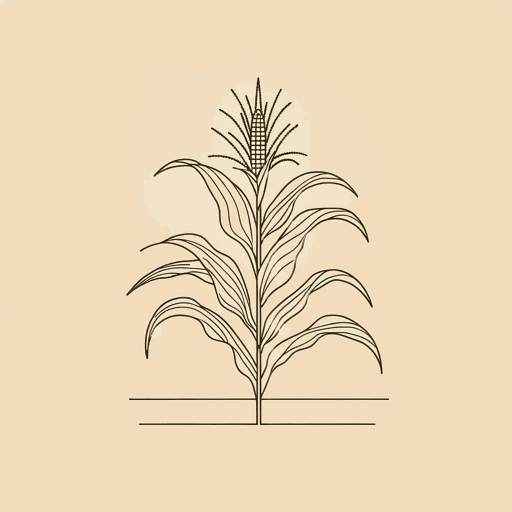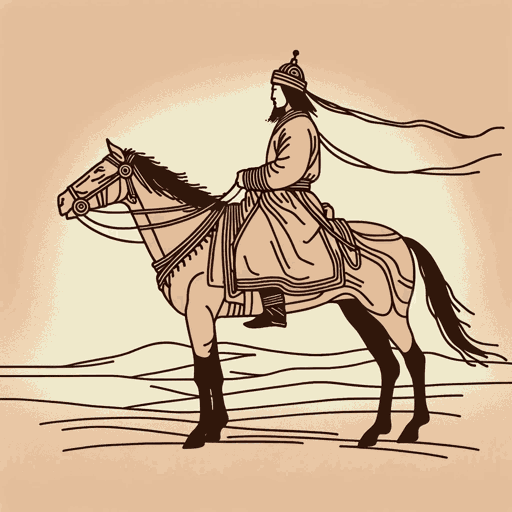40 pages • 1 hour read
Jack WeatherfordIndian Givers: How the Indians of the Americas Transformed the World
Nonfiction | Book | Adult | Published in 1988A modern alternative to SparkNotes and CliffsNotes, SuperSummary offers high-quality Study Guides with detailed chapter summaries and analysis of major themes, characters, and more.
Chapters 10-11Chapter Summaries & Analyses
Chapter 10 Summary: “The Indian Healer”
In Chapter 10 Weatherford argues that New World pharmaceutical agents and medical innovations represent “the basis for modern medicine and pharmacology” (184), but he notes that these cures—and the Indian role in their discovery—have not yet been appreciated. He lists several cures discovered by Indians to establish a pattern: the Indians often had remedies that went unheeded for years, sometimes centuries, until Europeans “discovered” them later. These cures were “gifts,” Weatherford argues, “that western medical science failed to recognize and then had to invent independently through a laborious and expensive process of research” (165).
Primary among these medicines is quinine, the cure for malaria. Malaria is a mosquito-borne disease that the Europeans introduced to the Americas (176). Though the Quechan-speaking people of the Andes first discovered a cure in Peruvian bark, from which quinine is derived, Sir Ronald Ross won a Nobel Prize for his research hundreds of years later, in 1902. The Quechuan Indians who first discovered the cure received no such honors (178).
Another cure discovered by the Indians is ipecac. Ipecac induces vomiting and is used to treat the lethal malady of amoebic dysentery. A Dutch doctor named Helvetius, called a “quack” by Weatherford, supposedly cured French King Louis XIV’s son with it in the 1880s, launching him and his family to wealth and fame (181).
Related Titles
By Jack Weatherford


